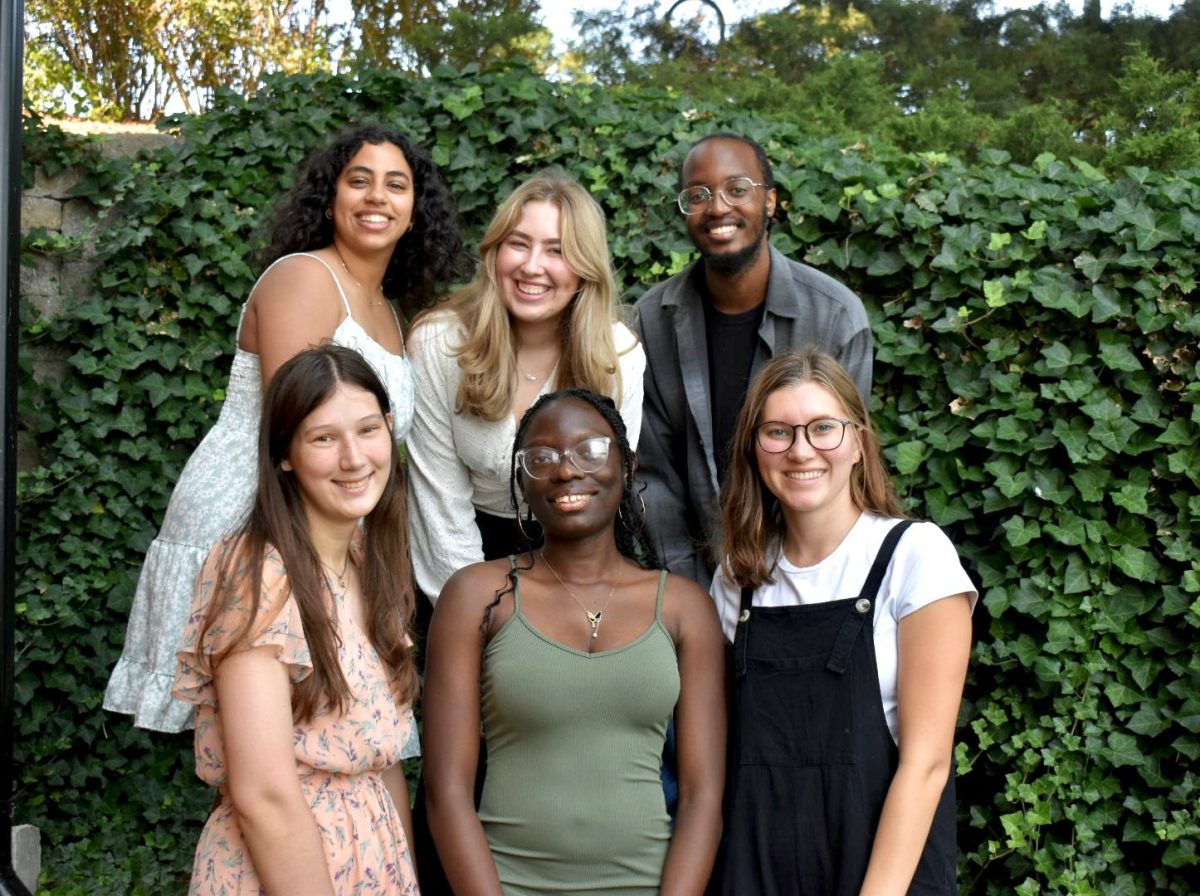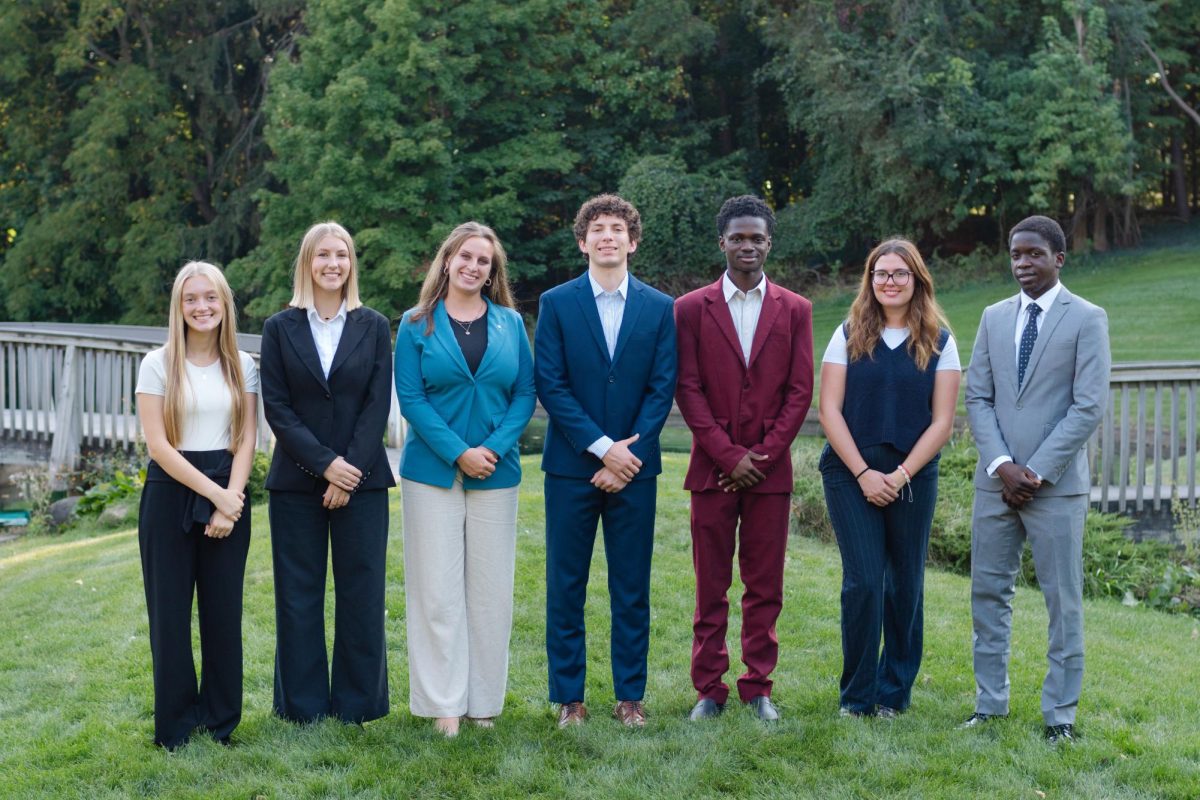
At the beginning of February, Rine Wakeman, the student leader of the greenhouse, released ladybugs into the DeVries greenhouse. In addition, he also added rice hulls containing green lacewing eggs and little sachets of predatory mites. These bugs are intended to help keep plants healthy by getting rid of pests.
Since 2021, Wakeman has been in charge of ordering and releasing bugs, among his other greenhouse duties. Turning loose pest-reducing insects is a biannual job that happens once a semester as the predatory bugs tend to escape through the automatic system that controls the windows for temperature control.
“I’ve released different types of bugs every so often so that it’s not just one predator that things are adapting to,” Wakeman told Chimes. Pests might adapt to one sort of predator, according to Wakeman, so the greenhouse has welcomed a wide variety of useful bugs, from parasitic wasps to praying mantises –– both of which have been released in the past.
As faculty advisor of the greenhouse, biology professor Dave Warners has overseen greenhouse pest management processes since the early 2000s. Before releasing predatory bugs, pest management included chemical solutions. “When bugs became a problem in the greenhouse, there was an insecticidal bomb that was used,” Warners told Chimes. This toxic method involved a canister being shaken up and set off to fill the greenhouse with smog.
Preventative measures, like taping off the greenhouse, were taken so as not to affect the students in the vicinity. However, Warners was concerned about students who may be extremely sensitive to these chemicals or may be immune-compromised. “It made me nervous,” Warners said.
In search of a less toxic method, Warners has come up with multiple solutions — manual squishing, releasing bugs and quarantine — to solve this problem. “We have shifted our care of the greenhouse into a completely organic and sustainable way of raising the plants,” Warners told Chimes.
“The harshest chemical means that I use is actually just dish soap and something called neem oil,” Wakeman said. Neem oil is naturally produced by the Neem tree and helps kill insects; however, only this plant produces neem oil, so giving it to these plants helps keep the bugs off.
The use of harsher chemicals would increase the chance that they could infiltrate wastewater, which would run directly into Plaster Creek, according to Wakeman.
To increase the health of the greenhouse’s leafy residents, Warners sometimes sets plants outside for a quarantine period when the weather permits. When the plants are placed in quarantine, the bigger ecosystem — including birds and other useful bugs — helps clean the plants.
Sometimes, the plants also get power washed, which involves using a blast of water to encourage the plant’s pests to leave, according to Wakeman.
One of Warners’ long-term goals for the greenhouse involves propagation techniques — inside or outside of the greenhouse — that would allow one release to beget multiple generations, decreasing the frequency of the now biannual bug releasing.
Regardless, the fight for pest management is going to be an ongoing process. “Accepting that [the pests] they’re going to adapt in some way — that’s like getting over one really big hurdle,” Wakeman said.













